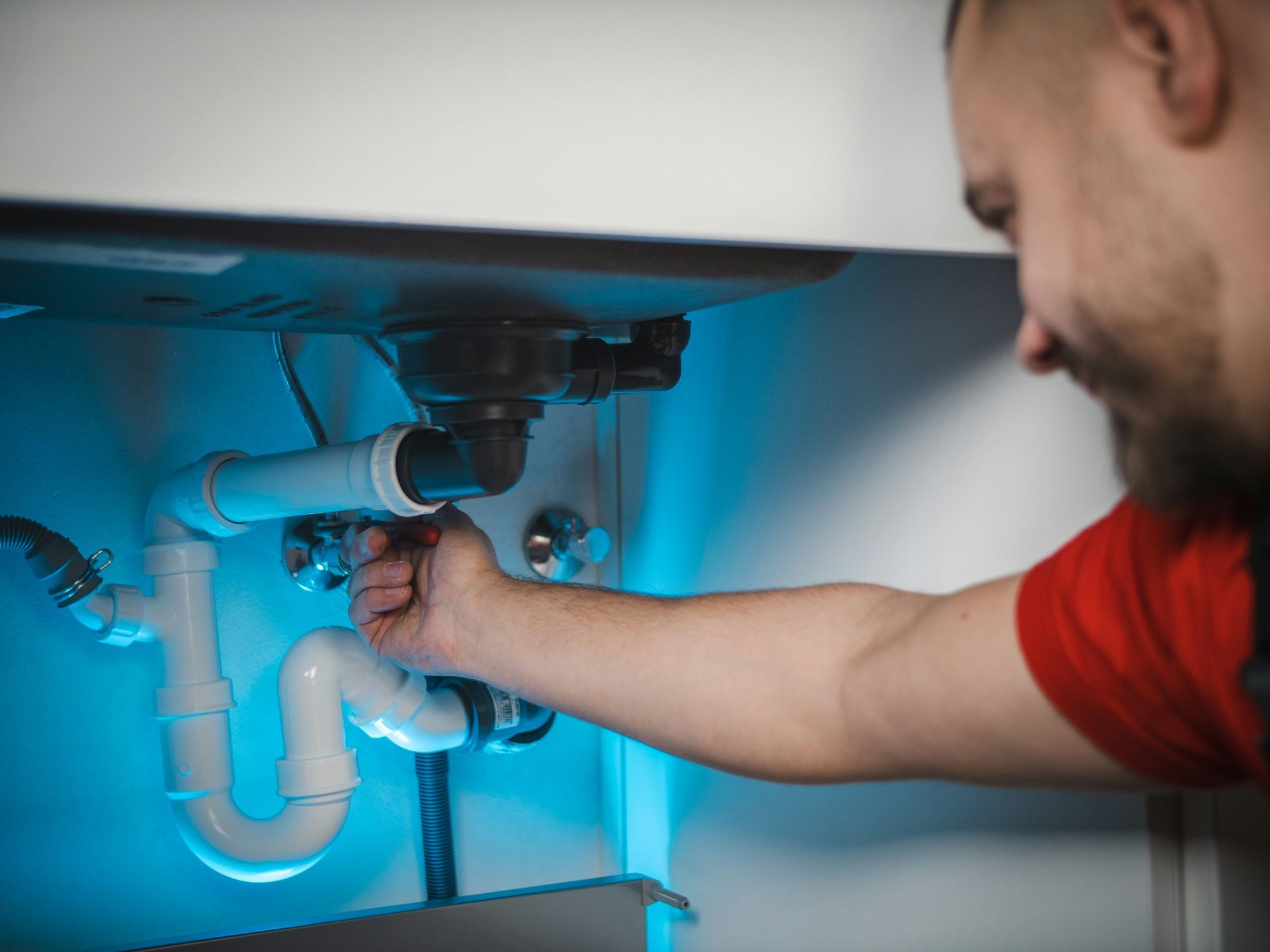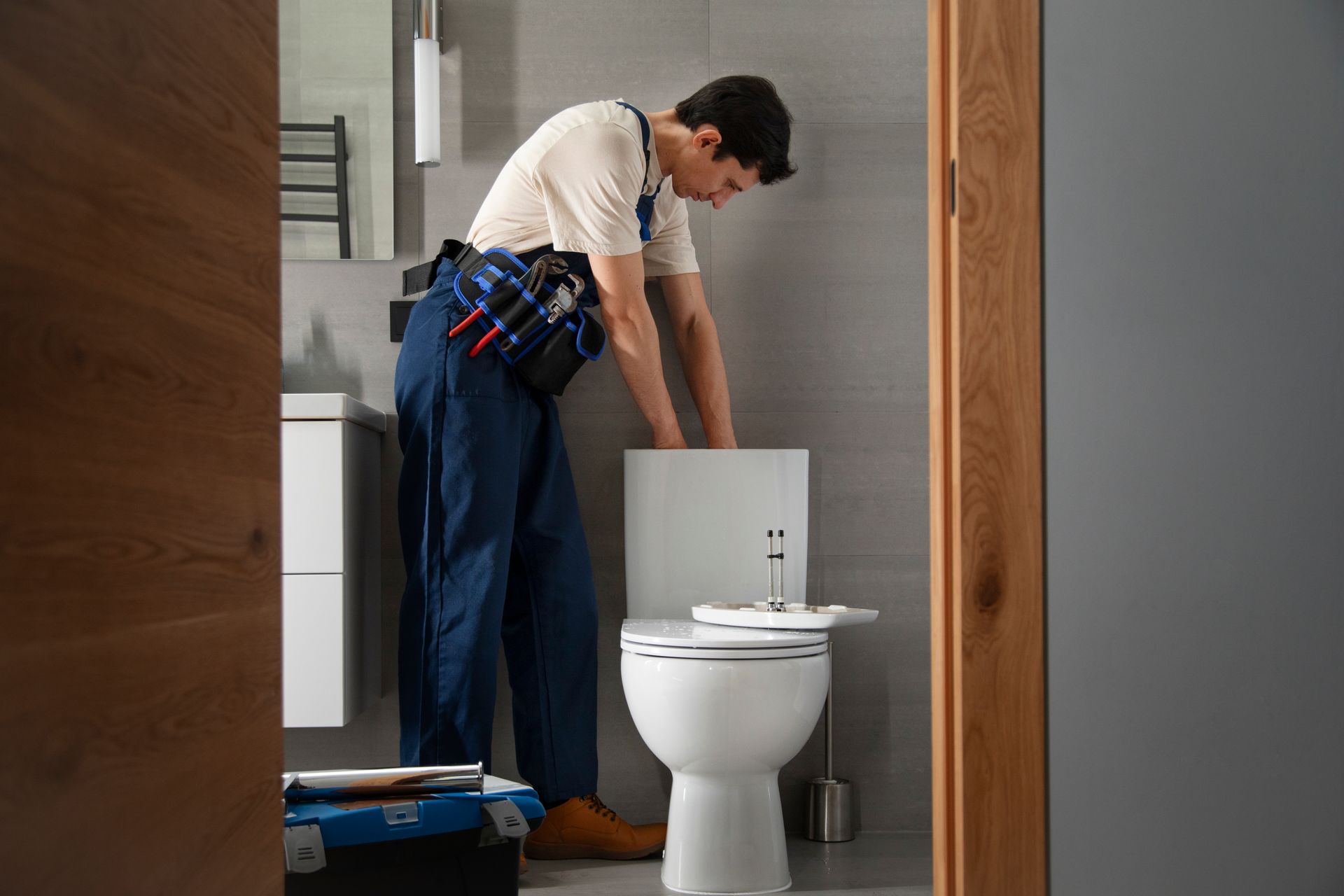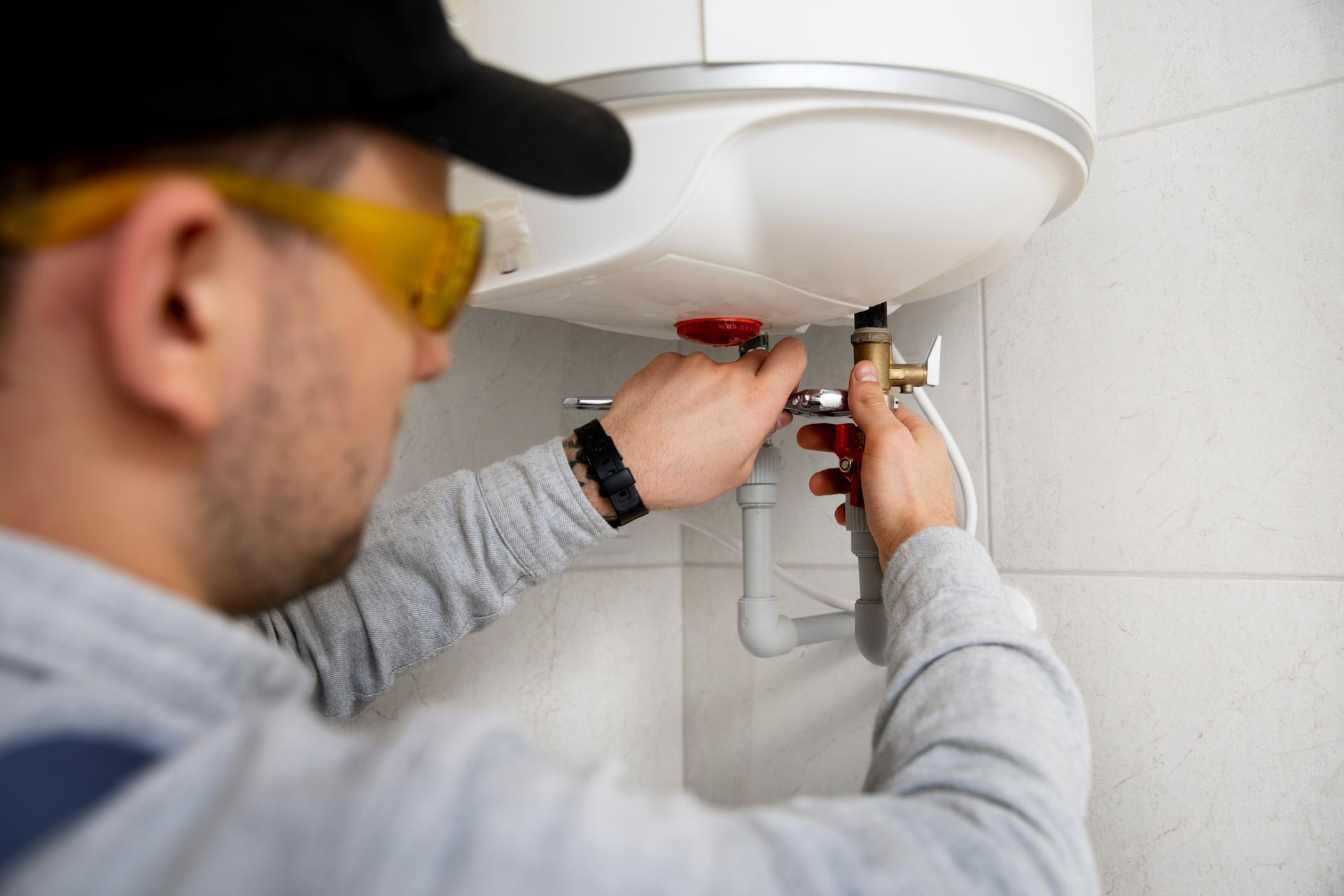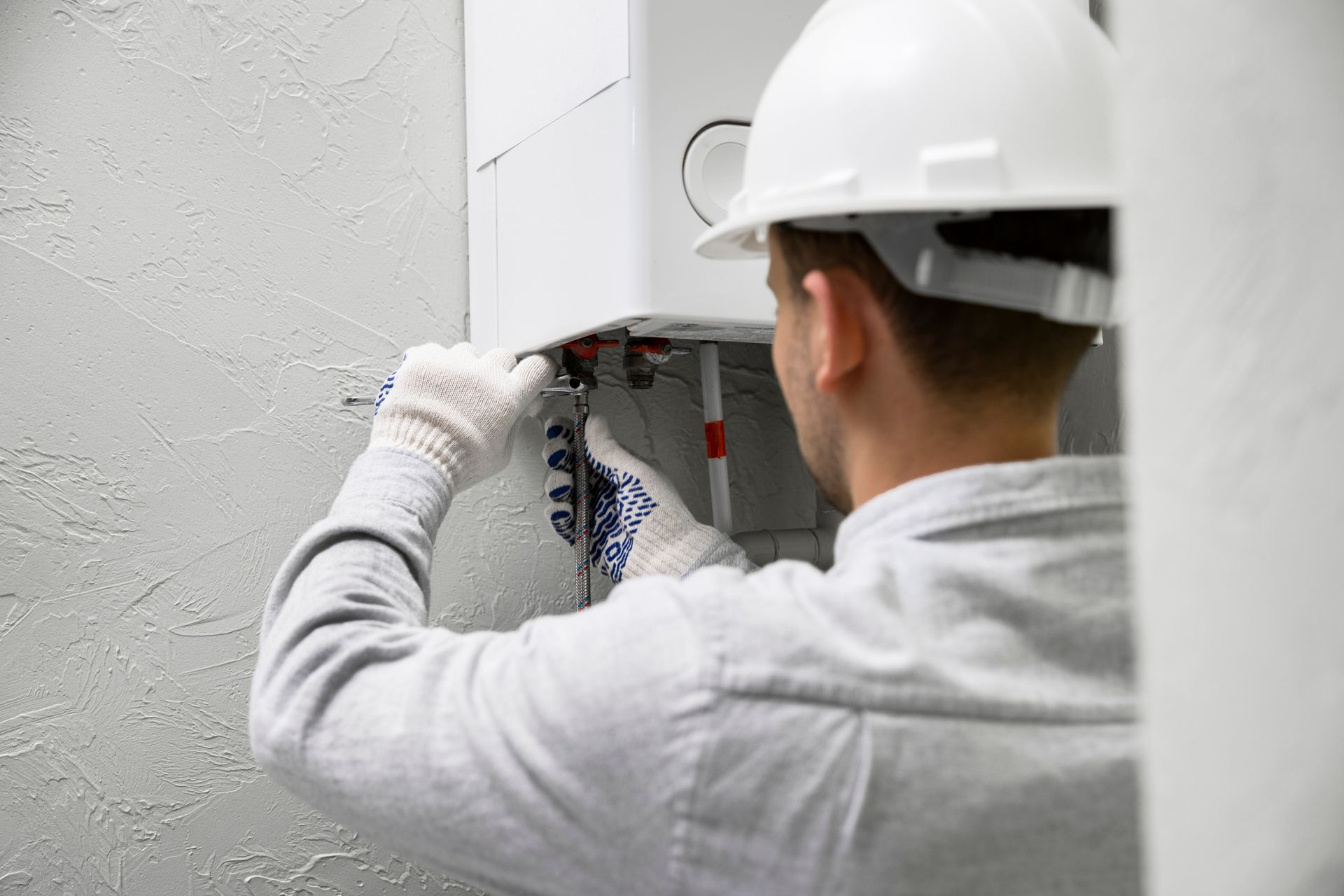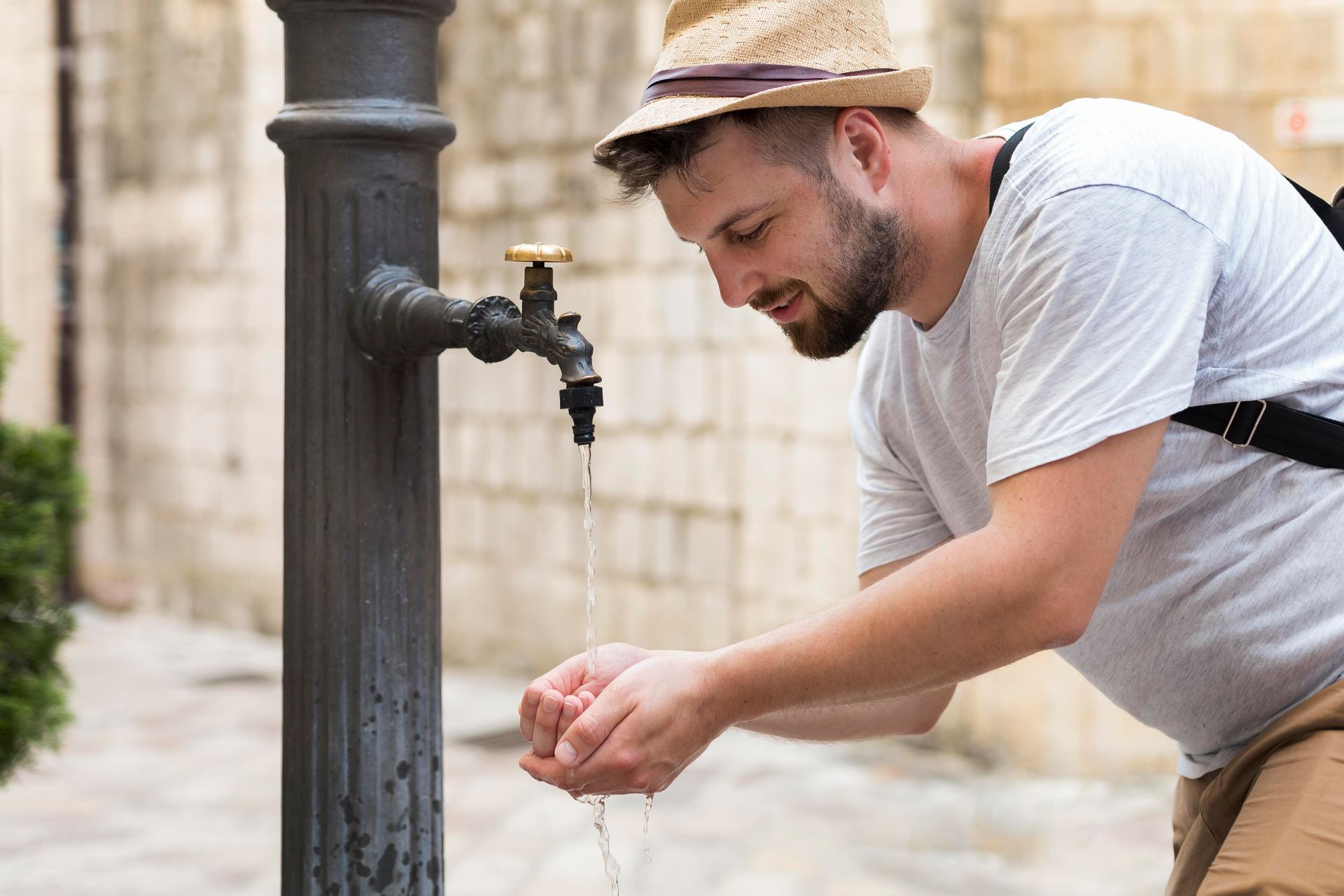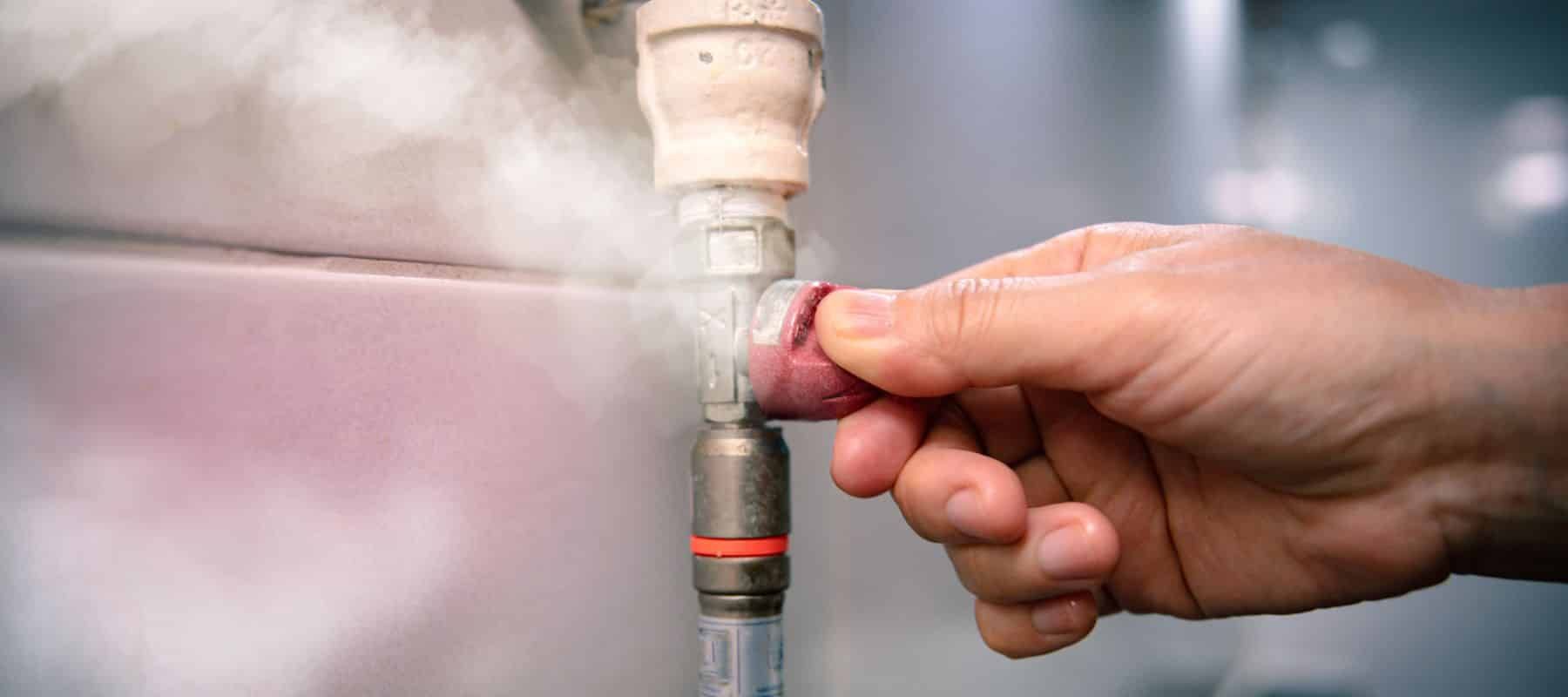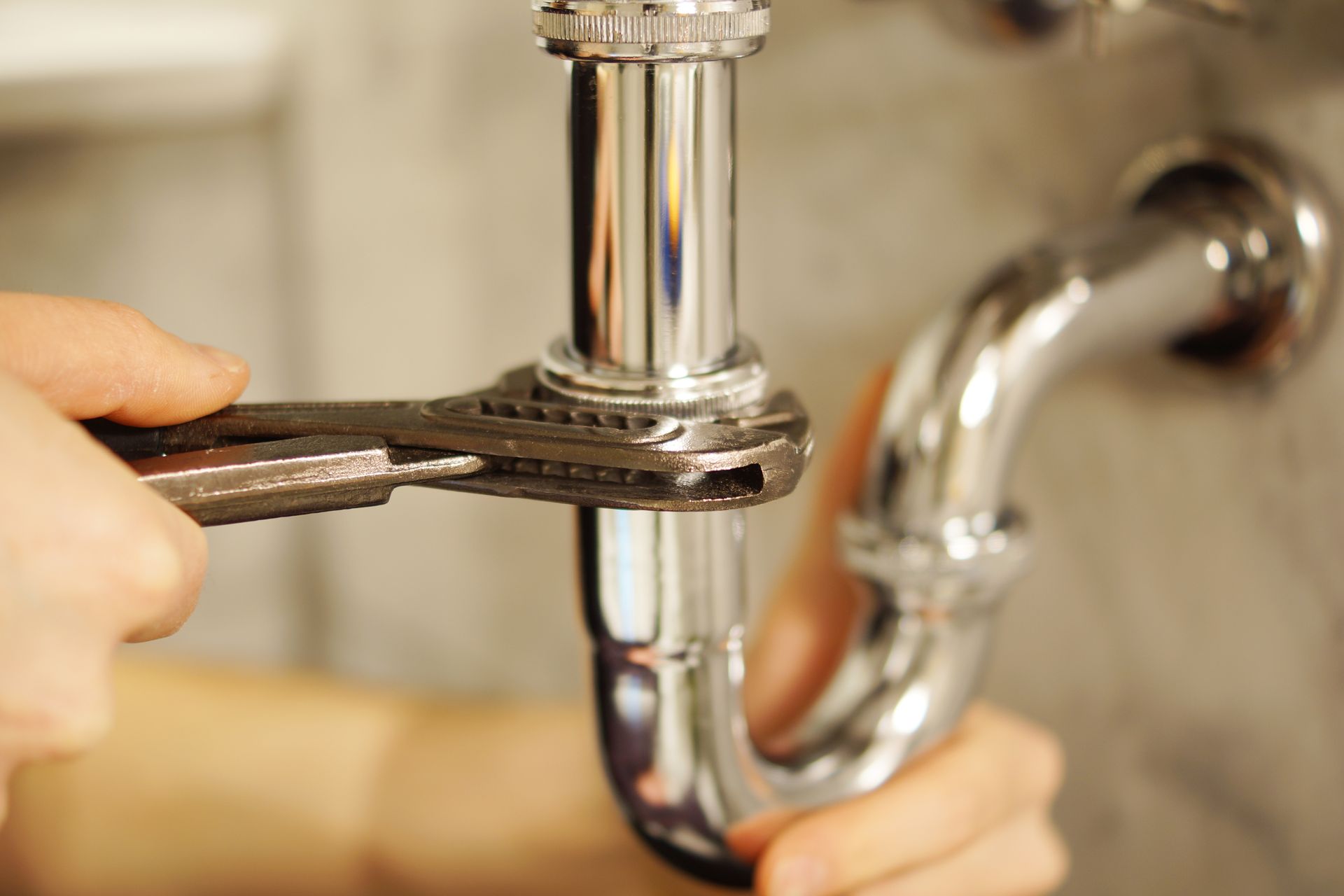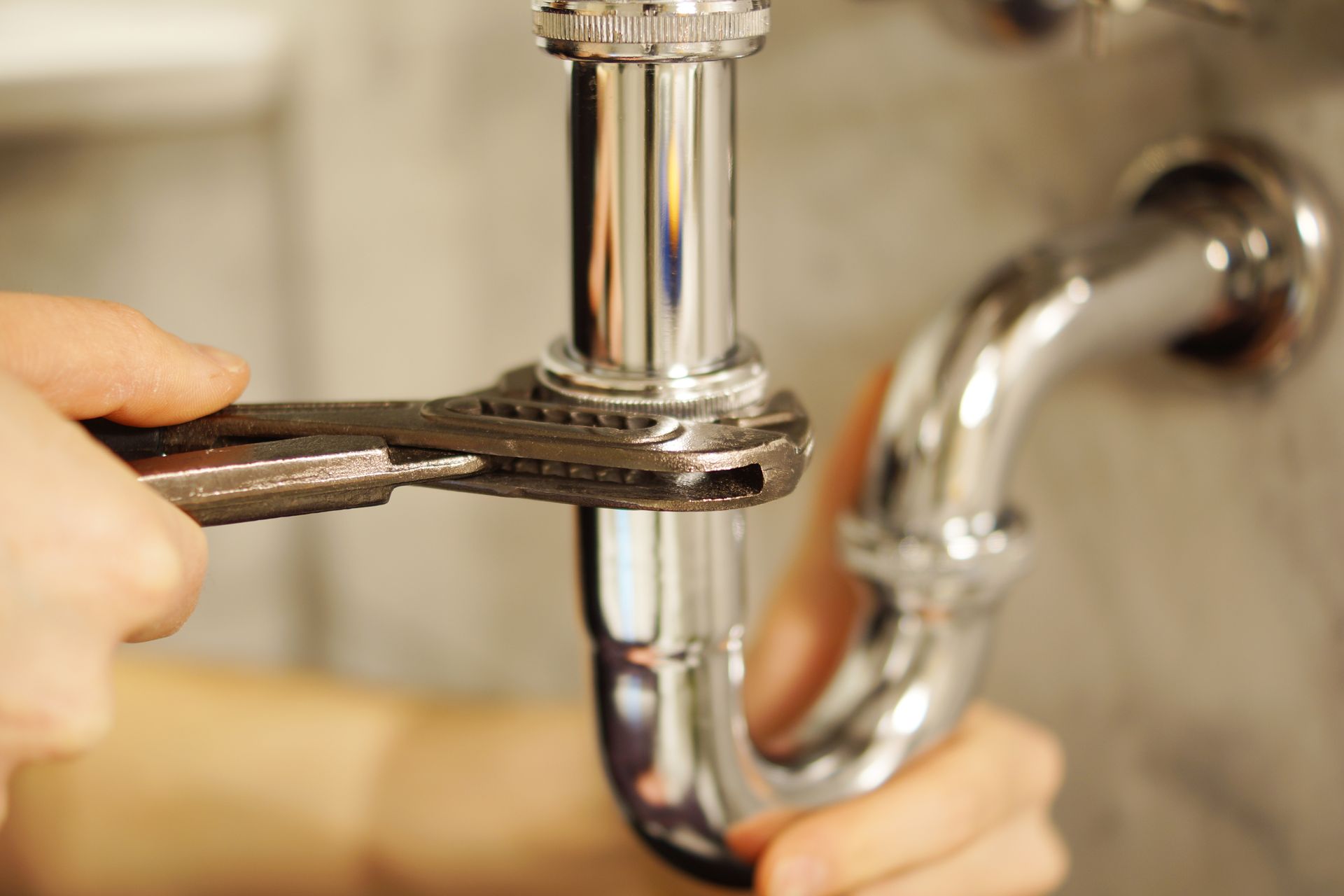Breaking Down 3 Stages of a Plumbing Installation
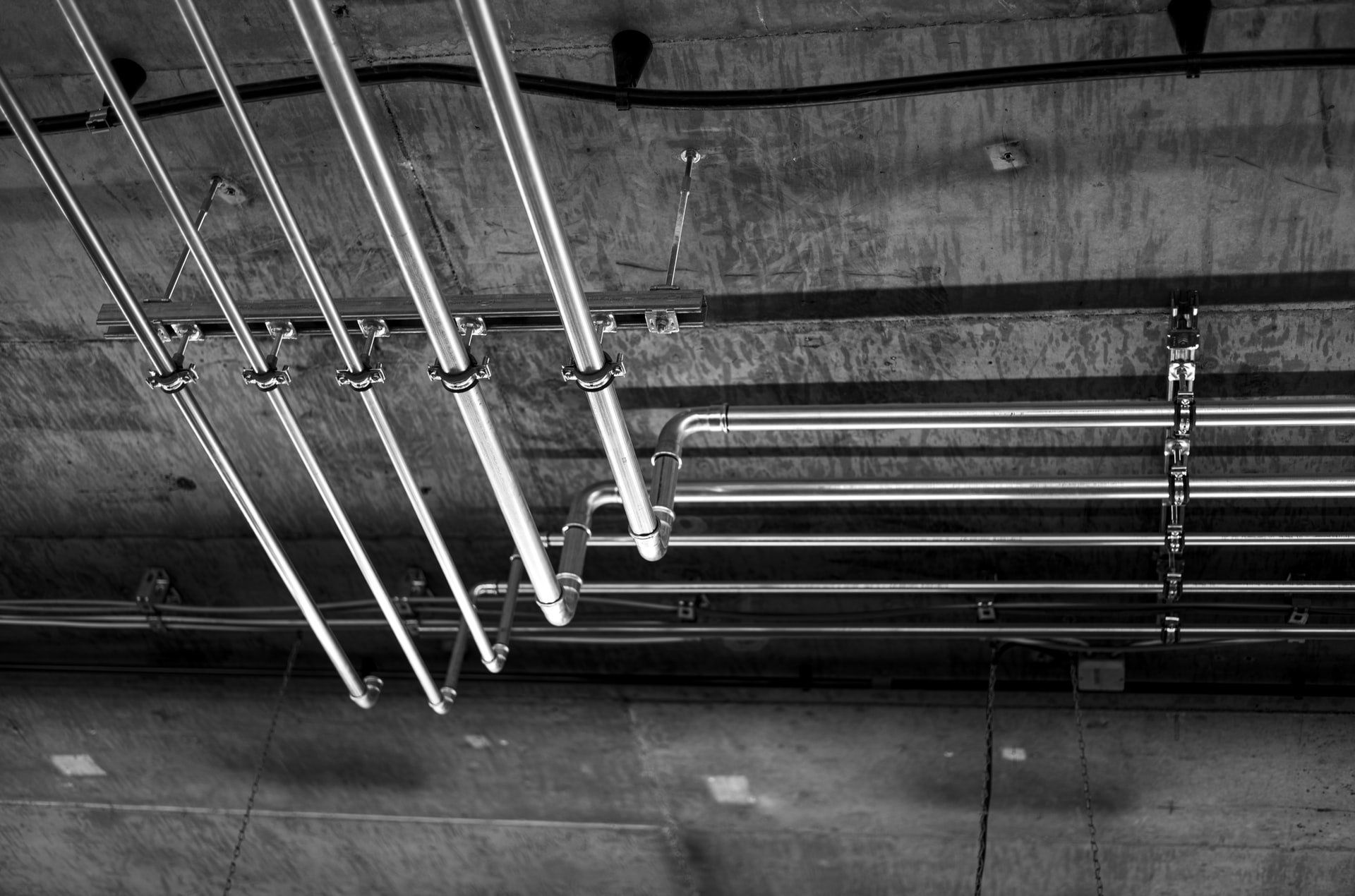
Plumbing systems play a pivotal role in the functioning of every liveable building—be it for residential, commercial, or industrial properties. Without the right plumbing in the infrastructure, there would be no sewage, water heater, drainage, and every other element that ensures the space can function properly. With that in mind, it’s safe to say that plumbing is more than just providing water whenever you open the faucet or flush your toilet.
Seeing the importance of plumbing systems, ensuring that its installation process goes as smoothly as possible is only right. Any misstep during the installation process can lead to a host of plumbing problems down the line—from minor leaks to something as dangerous as burst pipes.
The Importance of Properly Installing the Plumbing System
Hiring a licensed professional plumber instead of going down the DIY route definitely increases the level of quality, but it still helps to understand the installation process so you can spot any shortcomings throughout the steps. In that regard, home plumbing installation is generally broken down into three stages.
First Stage: Underground Rough-in Phase
Before starting the plumbing installation, the residential property first needs to have the walls poured and set for the basement. After the basement has a solid foundation, the groundwork can progress, along with the rough-in phase of the plumbing installation.
The underground rough-in phase is where the plumber will identify where the system’s connections—from where the lines can enter and leave the structure. After setting the supply and waste connections for the house, it’s time to connect them to the main water line and install a meter.
Second Stage: Aboveground Rough-in Phase
After handling the rough-in phase, it’s time to move forward with the rest of the system’s parts, such as the drains, vent pipes, and other water lines. These are the connections installed throughout the available toilet, showers, bathtubs, and any other utility that needs drainage.
The aboveground rough-in phase is also the messiest, so expect your professional plumber to make holes on your walls, ceiling, or flooring since they’ll need to install pipes into your fixtures and ensure everything is connected. Remember that before the plumber can cover up the open drywall, all your gas lines must be installed during this phase.
Third Stage: Finishing Phase
Once everything is installed and connected to all the running fixtures in your home, the plumber will complete the process by attaching them to your sinks, showers, dishwashers, water heaters, and other appliances. Before calling it a job well done, plumbers must first check the quality of the plumbing system’s performance by watching out for leaks and checking the water pressure.
The Bottom Line: Understanding the Proper Way to Install a Plumbing System at Home
Installing a plumbing system takes plenty of technical skill and back-breaking effort, plus the fact that it can make or mar crucial functions in your home proves that the installation is a job meant only for plumbing professionals. Nonetheless, it’s a good idea to have a rudimentary overview of what goes on behind the scenes, so you can verify whether the quality meets your expectations.
Are You Looking for Reliable Plumbers in Birmingham?
Dealing with plumbing problems can be a major hassle, but our 24-hour plumbers can help get everything back in working order with our extensive commercial and residential plumbing services. Whether you need emergency plumbing, toilet repairs, and more, contact us today and let our expert and licensed plumbers handle your dirty work!
